
If your container gardens stood empty all winter long or they are filled with fading spring bulbs now is the time to decide how to fill them for summer. If you live in an apartment and are limited to growing on a balcony or tiny patio, container gardens are even more important to help you make the most of the space by squeezing in as many plants as possible.
We love the idea of supersizing container gardens by cramming as many flowering plants as possible into a large pot. This gives you an abundant look, especially if you choose a mix of tall spires for drama, fillers to create the body, and some spillers to soften the edges.
It's a great way of creating a herb or vegetable garden too, by combining different varieties that suit being together in the same space. In fact, all plants look so much better potted up with others in a large container rather than dotted around in smaller individual pots, and it makes watering easier too. So here are some ideas that will elevate the look of your container gardens plus give you months of joy.
1. Repot established container garden plants
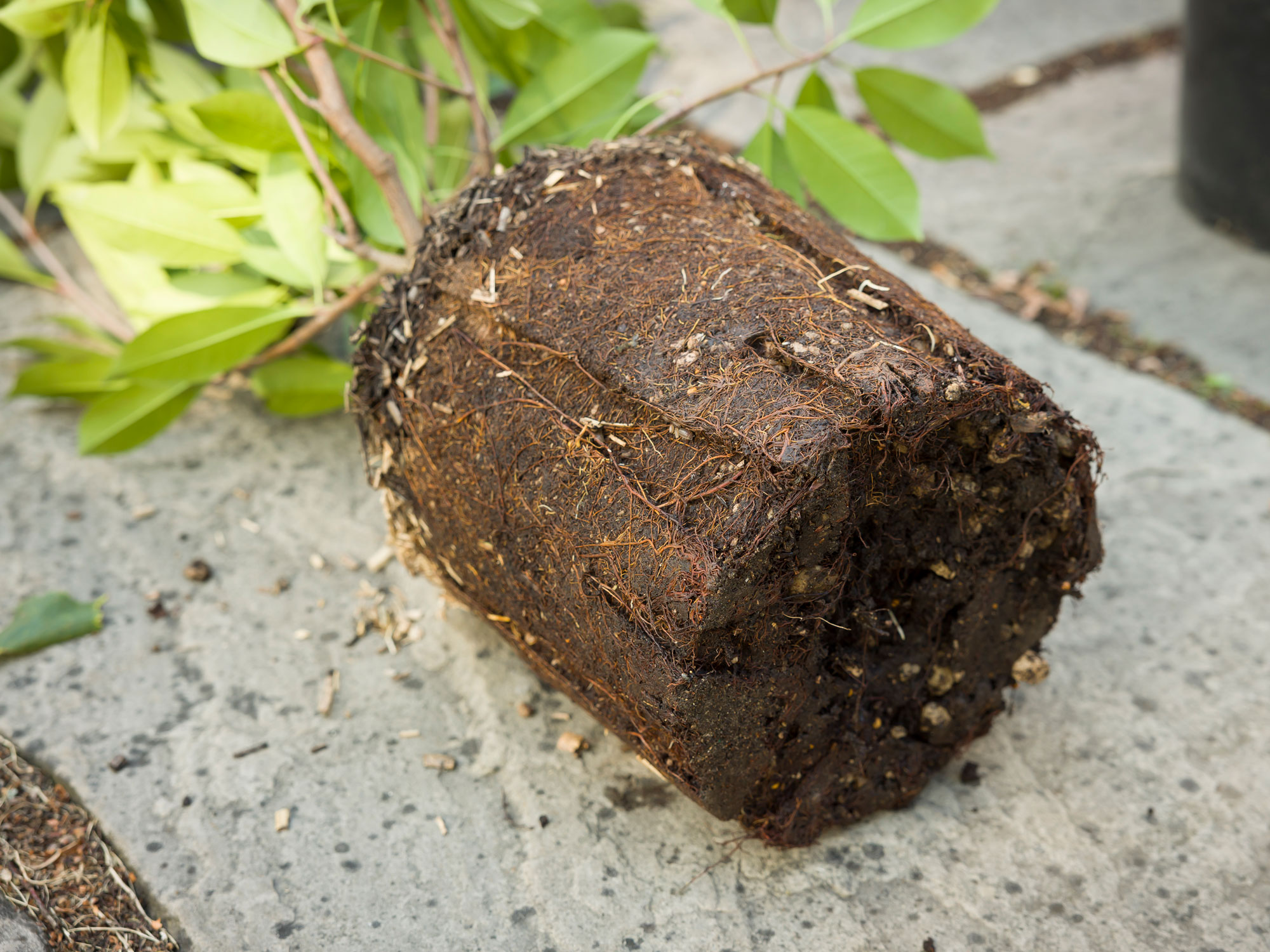
If you have plants in a container garden that have been established for a while, such as evergreen shrubs or small trees in pots, it's a good idea to check the rootball and upgrade to a larger pot if necessary. Spring is a great time to do this as plants are beginning to grow and will benefit from repotting as it gives their roots more growing space.
Gently lifting a plant out of its container is the best way to see if the roots are filling all the available space. If they are spiralling round in a tight ball or growing out of the hole in the bottom it's definitely time to repot them into a bigger container.
When the roots of a plant eventually fill a container it means new growth will be restricted, and a congested growing medium like this can prevent water draining properly, which in turn can lead to root rot. This particularly affects shrubs and trees that have been in the same pot for years and they won't continue to thrive unless repotted.
The ideal size for your new pot should be no more than one third larger than your existing one. We particularly rate the selection of pots at Walmart for an affordable and wide-ranging edit.
2. Refresh tired soil if you're not repotting
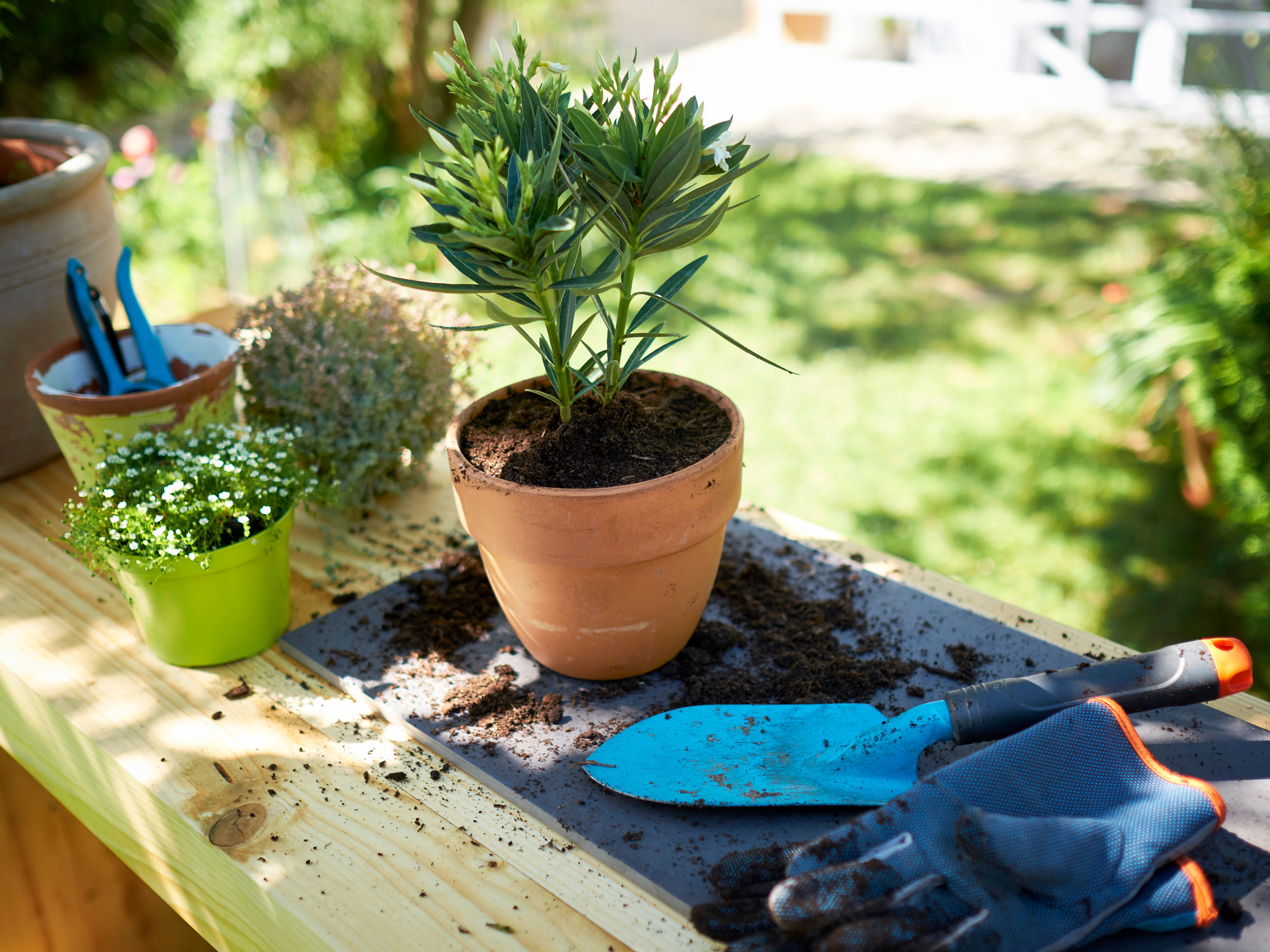
If you've checked the roots of your plant and there is still plenty of room for growth so it doesn't need repotting, instead do a soil refresh, especially if your plants have been in the pot for a while or have grown rapidly since you originally planted them. Spring is a great time to do this as your plants will be putting out fresh growth too.
Potting compost deteriorates over time as it becomes depleted of key nutrients and loses its structure, so these factors will have an impact on the growth of your plant. You might decide to lift out your plant and get rid of all the soil if it's mostly a mass of white roots. You can also give the roots a little trim at this stage.
Alternatively lift out the plant and add a layer of fresh compost to the bottom of the pot to give the roots a boost. Or leave the plant where it is and simply remove any tired compost from the sides and the top, and replace this with a layer of fresh new compost.
This potting compost, $23.39 from Amazon, is ideal.
3. Tidy up spring flowering bulbs
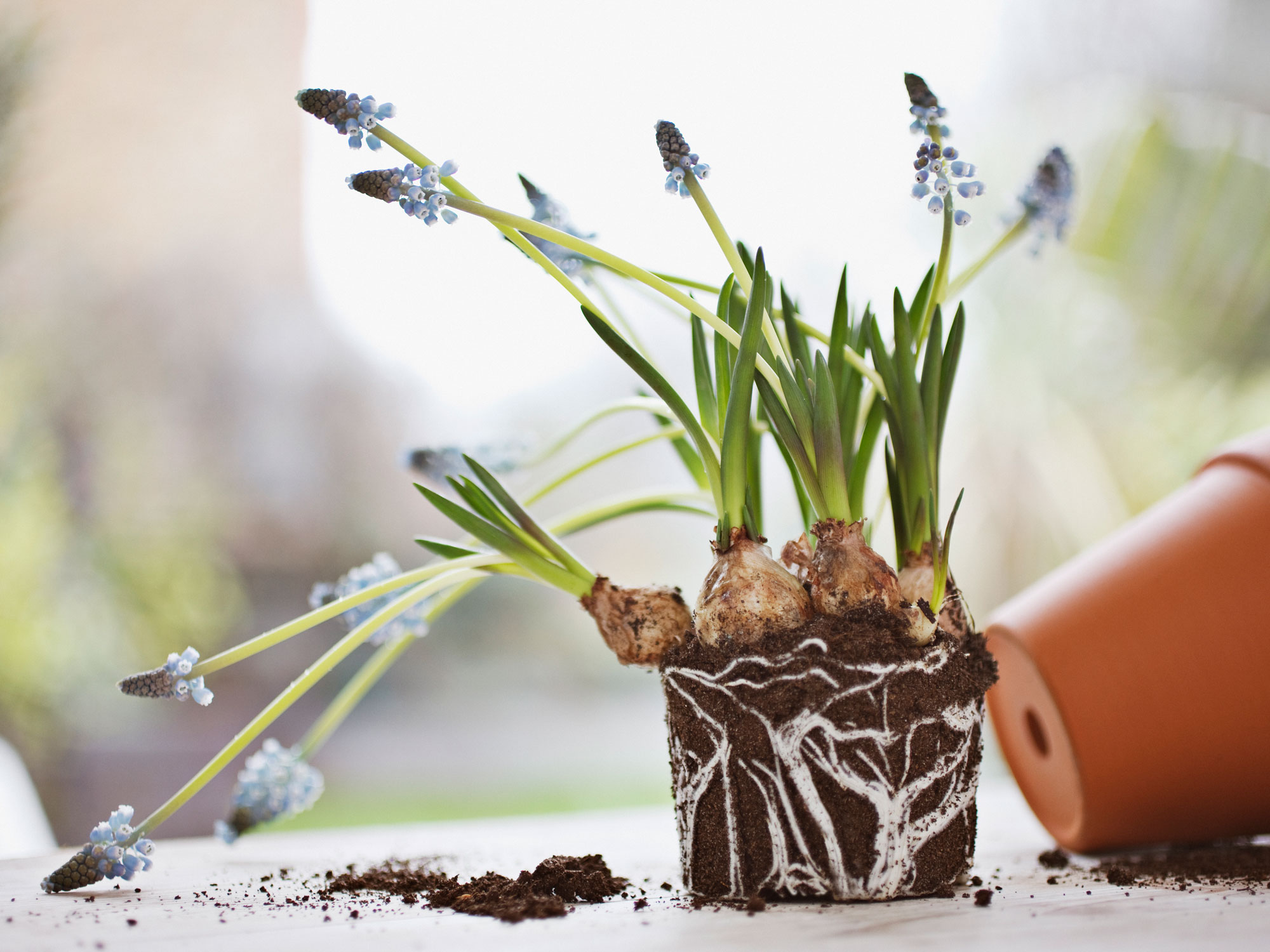
Snip off any faded flower stalks from spring flowering bulbs and allow the leaves to die back naturally. It might be tempting to snip off this unsightly brown foliage but it's an important source of nutrients for the bulbs if you want them to flower again next spring.
When all the foliage has died back, usually after around six weeks, snip it away from the bulb to prevent pests and disease. Wait until it's dry and yellow, which means it's of no benefit to the bulb.
Then there are two options. If you don't want to use the container again move it to a place where you can't see it, such as behind the shed. Hardy bulbs should be fine, but if you live in a cold region it's a good idea to move them into an unheated greenhouse or cold frame in winter. Alternatively transfer the bulbs from the container and plant them in the garden.
Another option is to lift and store the bulbs if you have the storage space. Carefully dig up and shake off any loose soil from the bulbs. Keep only healthy bulbs, and lay them out to dry for at least 24 hours, then label and store in a dry, cool place.
4. Supersize your vegetable container garden
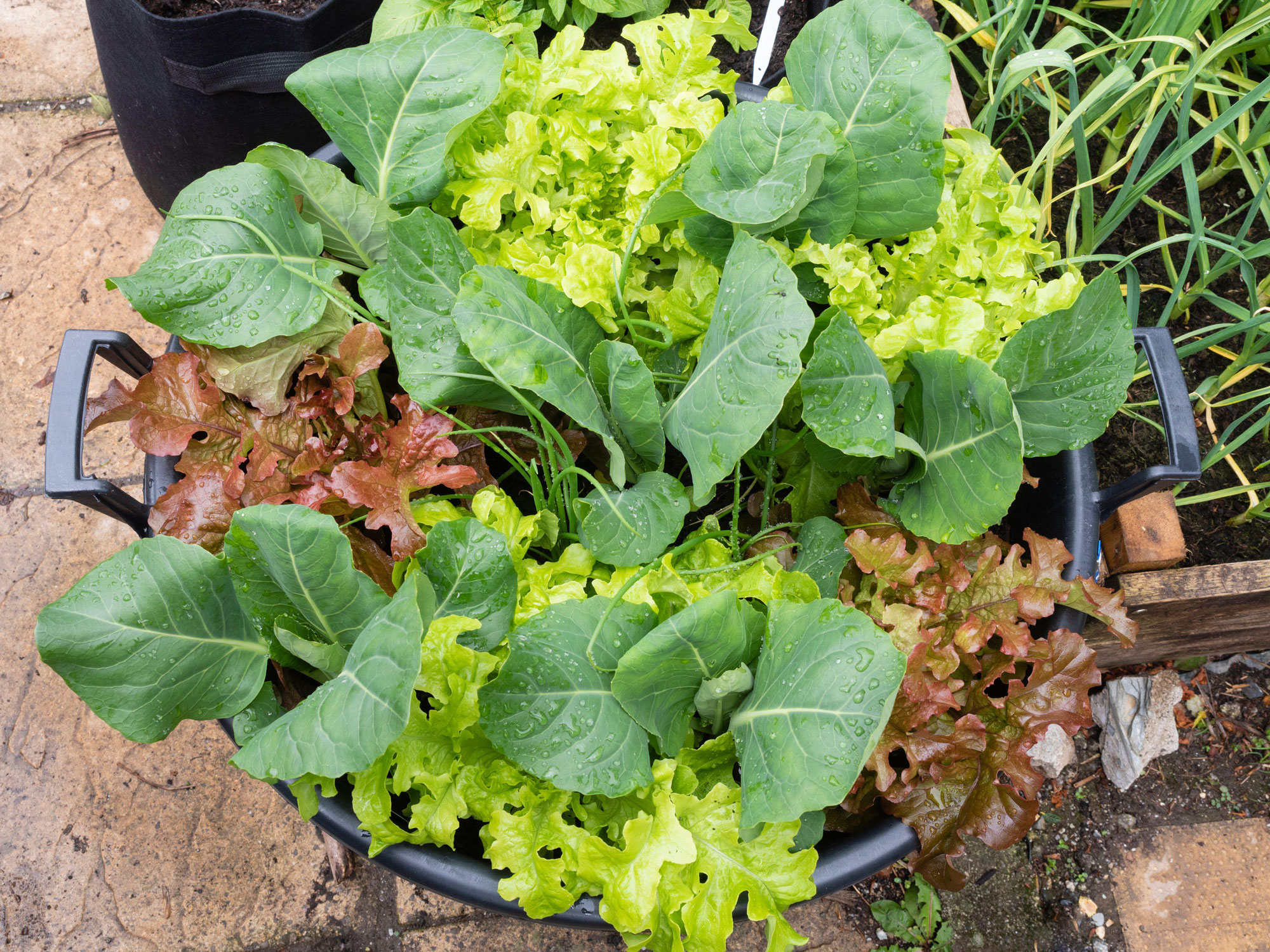
If you've experimented with vegetable container gardening previously and the results have been mixed, it could be time to upgrade. As April is the real start of the growing season.
'Choosing the correct container size is one of the biggest keys to success with container vegetable growing,' says sustainable vegetable growing expert Pam Farley, founder of BrownThumbMama.com, and author of The First-Time Gardener: Container Food Gardening. 'Always opt for the largest pot you can afford and fit in the given space. A larger soil volume means your plants’ roots will have plenty of room to grow and support big yields and a healthy plant. Plus, you’ll have to water less frequently.'
Your container can be any shape or material you’d like. Choose one that’s large enough for the mature plant. Most of the time, the plant tag or seed packet will tell you how big the plant will eventually be. 'When in doubt, it’s better to choose a larger container instead of a smaller one,' sasy Pam. 'In general, a deep container is better than a wide, shallow container. This is because a deep container retains water better, and the deep soil gives the roots more room to grow and access nutrients.'
5. Plant up a mix of herbs in a container garden
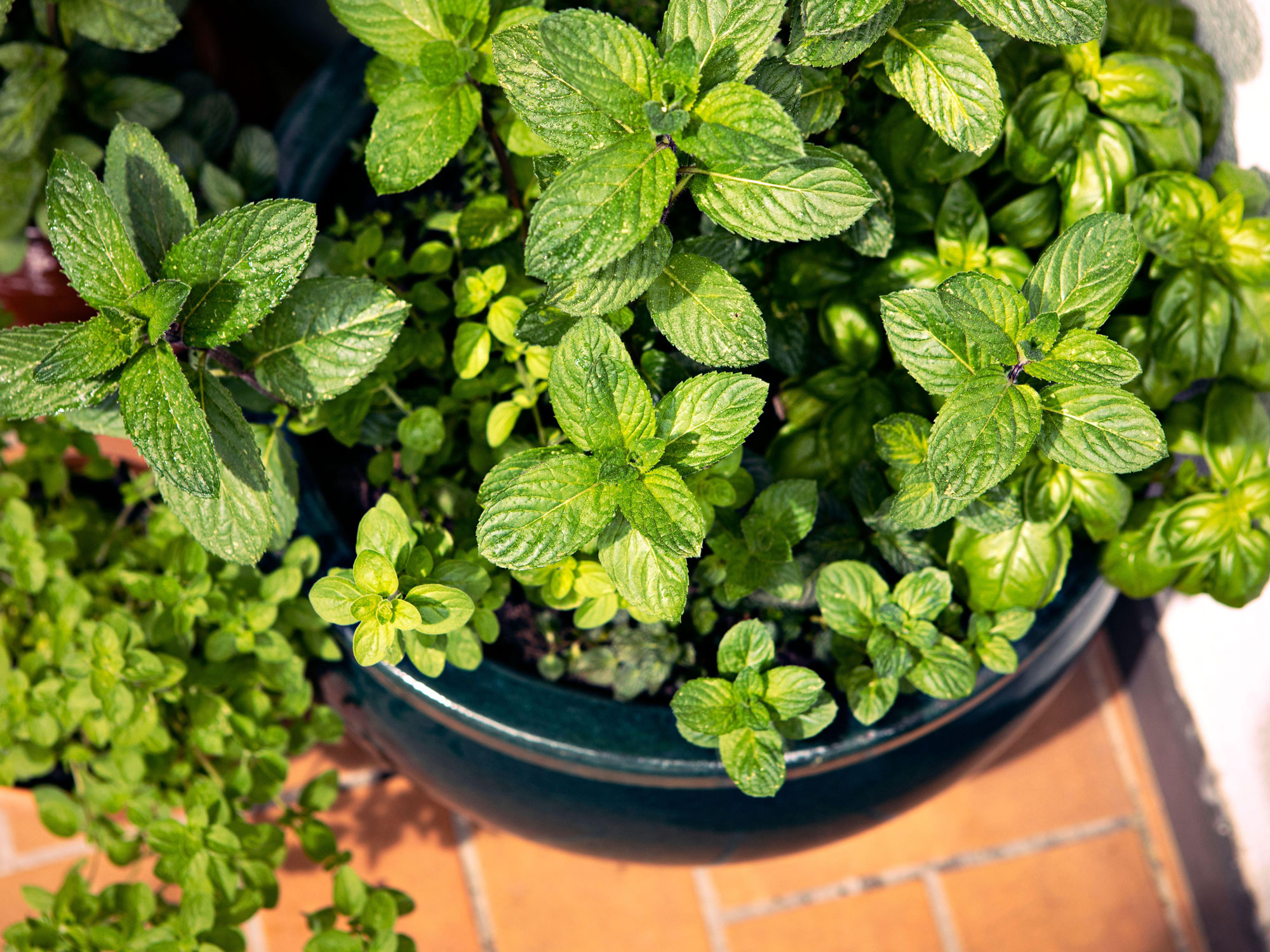
Spring is a great time to plant up a herb garden with your favorite varieties. What could be easier than planting several types of herb in one large container, especially if your growing space is limited to a balcony or roof terrace. It's always a good idea to group together herbs that like similar growing conditions.
'I love growing herbs in containers, positioning them in a sunny spot by the back door, within arm’s reach, for elevating home-cooked meals,' says UK plant expert Sarah Raven. 'And there’s no better time than spring to create your own kitchen-garden-inspired container collection.
'Mint is a prolific option for container planting, and once the weather warms up, you can also sow oregano, rosemary, and basil. French tarragon, with its subtle aniseed flavour, is another favourite for adding serious flavour to summer dishes.'
Keep your herb containers well-watered and apply a regular liquid feed for the best results. It’s important to use a gritty, well-drained compost that remains moist. Harvesting produce regularly will encourage growth, and keep your containers healthy and abundant.
This is a perfect herb seed starter pack, $9.99 for ten varieties, from Amazon.
6. Plant summer flowering bulbs in a container
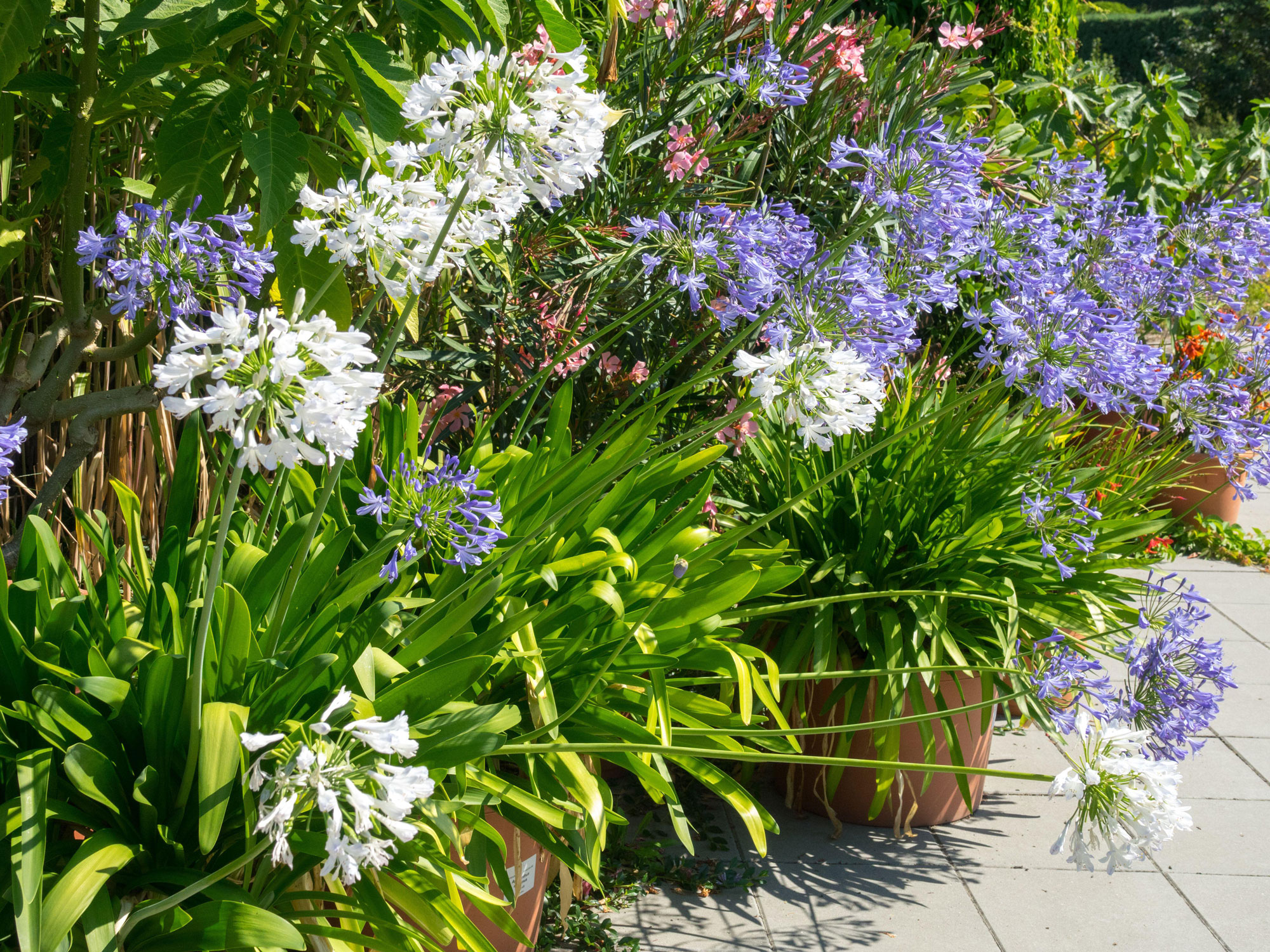
Now is the time to plant up empty container gardens with summer flowering bulbs. Some stylish choices that are great for potting up in April include agapanthus, lilies, and dahlias (the last is actually a tuber not a bulb but we can't not include them).
Another idea is to try planting bulbs in layers in a container that will flower in succession. A container like this will give you weeks of color. It's easy if you remember the earliest flowering bulbs need to be planted at the top of the container and the last ones to flower right at the bottom.
'We call this the sandwich system, and some summer flowering bulbs lend themselves to this kind of planting,' says internationally acclaimed garden designer Jacqueline van der Kloet, author of Growing Bulbs in the Natural Garden. 'Choose species with relatively little foliage. This kind of container can be filled now with species that flower in succession.'
Jacqueline suggests planting Gladiolus 'Murielae' (Abyssian gladiolus) at the bottom, with its deliciously fragrant white flowers that appear in summer. 'Plant lilies above them, such as Lilium 'Lollipop', then add a mixture of Oxalis trianagularis (false shamrock) and Anemone coronaria 'Mister Fokker' (windflower), which has blue flowers, in the top layer.'
7. Go to the garden center and buy instant beauties
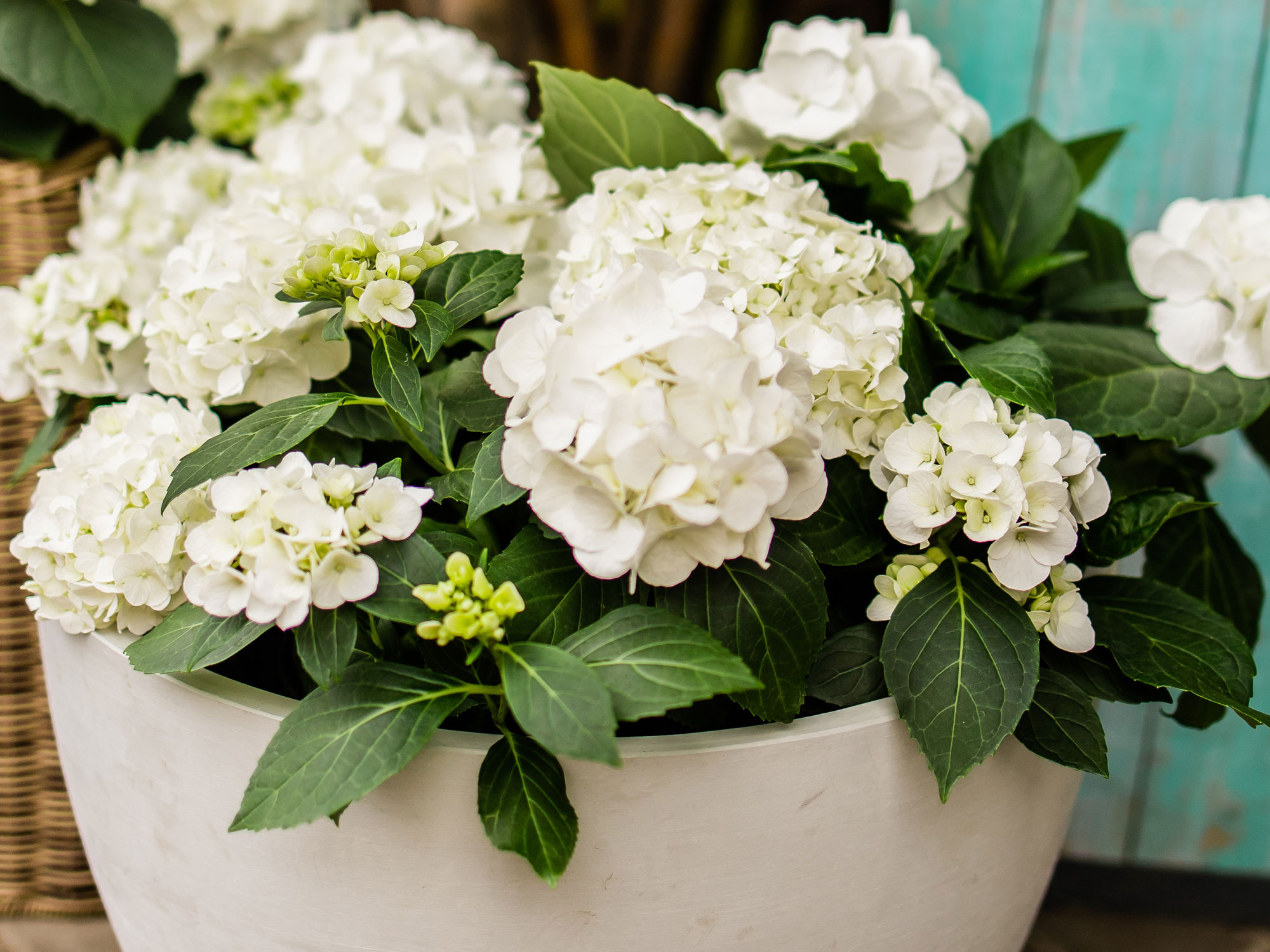
If you have empty containers that need filling fast nothing beats a trip to the garden center in April. The season is just starting but there will be plenty of tempting options on offer. Unless you are really unlucky, or live in a cold climate, frosts are mostly over now so your new plants should be safe from harsh temperature drops.
Now is the time for buying small flowering shrubs that fit easily into a large container garden such as a dwarf lilac, butterly bush or hydrangea.
You can also pick up flowering herbaceous perennials such as lavender, bergenia, nepeta, Mexican fleabane and the wallflower variety Erysimum 'Bowles's Mauve', all of which also work well in a container garden and will flower for months.







